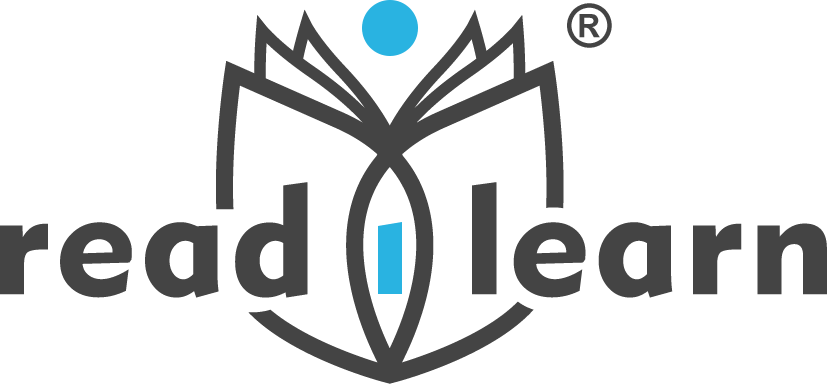Article by Gerard Alford, director of itc publications and thinkdrive.
As announced in a previous blog post, I am delighted to introduce Gerard Alford and the first of his series of guest posts for readilearn. (Note: This post was previously published in 2022.)
Gerard is a very experienced and respected education consultant, author and education resource developer. He is passionate in promoting high-order thinking and cooperative learning through engaging and effective evidence-based teaching methods. His teaching resources inspire and support busy teachers in creating engaging pedagogy and time-saving strategies to encourage successful student outcomes. (For a more complete bio, click here.)
The worth of using thinking tools is well documented; they provide a clear pathway for students to complete a given task, provide students the means to organise their research and thoughts in a systematic way, and provide teachers with a clear insight into their student’s thinking.
That said, can thinking tools also be used to facilitate deeper discussion in the Early Years? I believe so, and here’s an example in action.
Your students have just read two texts: Humpty Dumpty and Little Miss Muffet, and you now have asked them to compare these texts.
Exactly what they compare (similarities and differences) will depend on the Year level; however, at a minimum, students will be comparing the events and the characters in the texts while also sharing their feelings and thoughts (as per ACELT1783).

To facilitate deep analytical discussion and quality comparisons, you could use the Double Bubble Map thinking tool in combination with the cooperative learning strategy, the THINK: PAIR: SHARE. Using the above Double Bubble Map as a guide and working from left to right, the process would be as such:
Discussion 1:
- Teacher: “Students – how is Humpty Dumpty and his story DIFFERENT to that of Little Miss Muffet? You might like to think about the two characters, for example, one difference is that Humpty Dumpty is an egg. The story is also different as Humpty Dumpty was injured.”
- Students then respond using the THINK: PAIR: SHARE
- THINK: Allow roughly 20 seconds of silent thinking time.
- PAIR: In pairs, Student A shares their thoughts for 30 seconds followed by Student B.
- SHARE: Teacher collects the student responses in a class discussion.
Discussion 2:
- Teacher: “Students – how is Humpty Dumpty and his story SIMILAR to that of Little Miss Muffet?”
- Students repeat the THINK: PAIR: SHARE for this question.
Discussion 3:
- Teacher: “Now, everyone – we have looked at how Humpty Dumpty is different to Little Miss Muffet, but can anyone tell me what makes Little Miss Muffet and her story DIFFERENT to that of Humpty Dumpty?”
- Students repeat the THINK: PAIR: SHARE, focusing on what makes Little Miss Muffet and her story unique.
You, as the teacher, can record a summary of the discussion by completing a Double Bubble Map on the board for students to copy and add to.
This strategy facilitates a 20-30 min analytical discussion of the two texts and gives space for students to share their thoughts and experiences with extension questions such as:
- When have you been injured / frightened?
- Was Humpty Dumpty careless?
- Do you think Little Miss Muffet was right to be frightened?
This simple thinking tool, paired with a cooperative learning strategy, is a simple yet effective way of promoting and structuring even deeper discussion in your classroom.
Learn more at itcthinkdrive.com.au.



